How do you capture and then continue to recapture the magic of a great beer? It’s a lot of science, of course, but it’s also a lot of showmanship. Unfortunately, the art of making a unique beer is becoming more and more difficult with 5,300 plus breweries in the United States, so brewers are increasingly looking to experiment and use that experimentation as a marketing opportunity. To help, they’re investing in creative equipment choices.
For starters, barrels can add both unique characteristics of wood and/or the flavor of what was previously housed inside that wood into a beer. Barrels are also beautifying additions to your brewhouse or aging cellar and a great opportunity to create the artistic ambiance that customers will associate with your top tier beer brands when they visit. It doesn’t stop at barrels. A lot of breweries are capitalizing on unique and artful equipment.
Dogfish Head Craft Brewery ages its Palo Santo Marron brand in exotic South American Paraguayan Palo Santo wooden vessels, which adds caramel and vanilla complexity to the beer. The big dark wooden tanks are one of the coolest stopping points in the Milton, Del., brewhouse tour. Last year, Jester King Brewery added a coolship to its stylish beer-making facilities in Austin, Texas. A coolship (or koelschip) is a broad, open-top, flat vessel that allows for efficient cooling of the wort while also allowing for wild fermentation. In Austin, windows were even installed nearby to the coolship to allow cold night air to flow and inoculate the wort with native yeast, and a wood ceiling was built over the top to aid in microbial momentum and “spontaneous fermentation.”
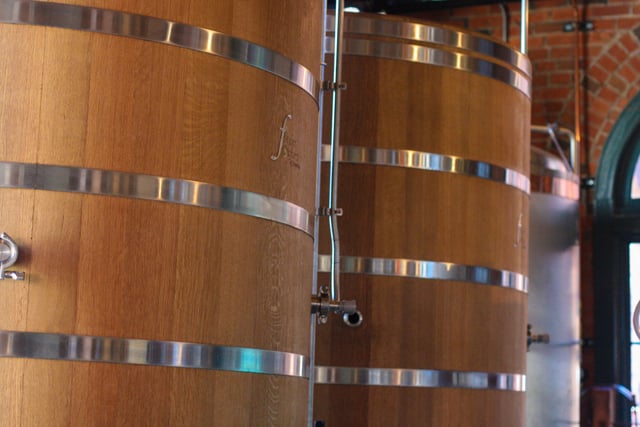
These types of complex and unique brewing techniques can be differentiators in a crowded beer market, and these vessels and systems used to make your artful inebriants can be great decorations for customers and party spaces at the brewery.
Schlafly Beer has similarly invested in its equipment and creative pallet. The St. Louis-based brewhouse released its first “foeder” beer this summer — Local Oak — a Belgian-style table beer and Schlafly’s newest addition to its From The Ibex Cellar series (i.e. premium beers from the tap room’s Ibex Cellar). Schlafly has been barrel-aging beer for more than a decade, and today it houses nearly 100 barrels in its Ibex Cellar. Now, it’s adding foeders hewn from locally grown Ozark timber to the mix. Foeder is a Dutch word, roughly translated as “giant oak barrel” and pronounced “fooder.” Like barrels, the big wooden foeders add flavor profiles to the beer. The large vessel creates more consistency and less work than lots of small barrels, and the wood is porous and difficult to fully clean, so foeders can be successfully used to inoculate successive batches of beer with souring organisms still present from the previous batch.
Schlafly turned to Foeder Crafters of America, a Missouri-based beverage vessel company and actually the only foeder makers in the United States.
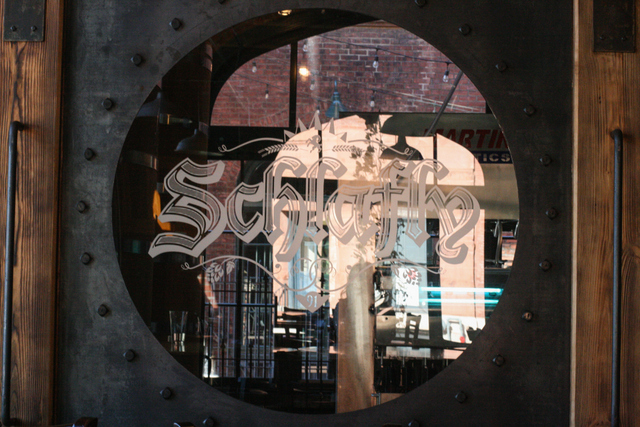
“We’ve been aging beer on wood for over 12 years, and given the proximity of the builder of the foeders, it only made sense for us to add a few tanks to our lineup of fermenters,” said Schlafly Founding Brewer Stephen Hale. “Displaying them in full public view also has the great benefit of helping to educate our consumers about the process we use. Fabricated less than an hour away from regionally grown wood, these foeders merge perfectly with our philosophy of supporting local businesses and keeping the local economy strong. The two foeders we have now suffice for our production needs, but we’re always open to expanding the fleet. Our barrel-aging program continues on and is in fact undergoing an expansion itself.”
Schlafly’s first foeder beer, Local Oak, was inspired by the famous sour ales of Belgium. This beer starts as a Saison and undergoes several transformations, fermented with the additions of Lactobacillus, Brettanomyces and two Saison yeast strains. It all gets aged gracefully for more than three months in the new foeders where the beer develops a lot of its character.
“Belgian-style beers are perhaps the most common beer styles to age in foeders, but really it’s the brewer’s prerogative for what works best for each brewery,” explained Hale. “Barleywines, old ales, stouts and IPAs, the possibilities are as endless as the beers you want to brew [in a foeder].”
Foeders come in all kinds of cool shapes and sizes. Foeder Crafters of America sells 7-, 10-, 15-, 20-, 30-, 40-, 50-, 60-, 75- and 100-barrel variants. They can fashion a foeder in a traditional big barrel style or even a cool, egg shape. Stands are usually made of stainless steel or wood.
“There’s no mistaking the beers that come from being aged on wood,” said Hale. “But until Foeder Crafters began, the most common and viable options for brewers were new barrels and used wine and bourbon barrels. Using new wood adds a lovely complexity to the beers aged in them. Typical oak characters imparted are a light toastiness, vanilla flavors, perhaps caramel and an overall softening of the character of the beer. European oak can add elements of spiciness, sweetness, coffee, chocolate and confection flavors. Using the foeders allows us to age a large quantity of beer with low oxygen ingress — this chews up the yeast and other critters to develop character.”
Foeders allow a slow ingress of oxygen into the beer that is easily supervised with a tasting valve. The high beer-to-wood ratio allows the beer to mature and evolve. Smaller barrels sometimes progress too quickly, which can lead to acidification. Foeders allow for greater capacity compared to the footprint of barrels. Plus, coming from one vessel, brewers will have a more consistent and reproducible product. Double plus — all those frickin’ nails you gotta pull and plug back in when sampling a zillion barrels — those days are over.
“When it comes to cleaning, really all we do is a long hot liquor rinse,” said Hale.
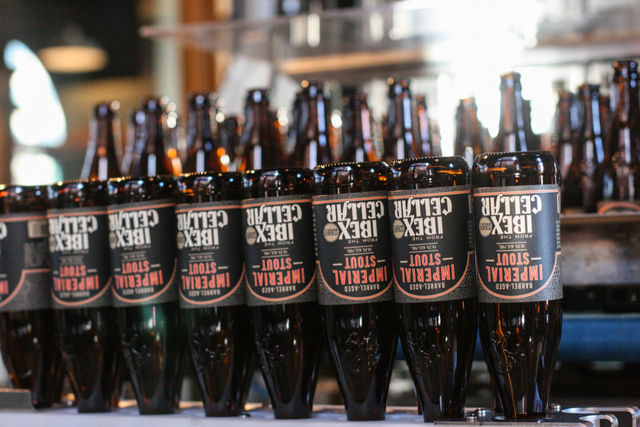
There’s also the aesthetic value we mentioned earlier. Foeders stand out beautifully from the rest of your steely, mechanical brewhouse contraptions.
“Hiding it in the back of the tank farm doesn’t allow your consumers to enjoy the nearly surreal beauty of these works of art,” said Hale. “Get a foeder if it makes sense in your lineup of beers but especially if you have a good place to display it.”
What other advice can Hale impart when it comes to figuring out if foeders are right for your brewing operation?
“Do a lot of research,” he said. “Talk with your peers, perhaps even shadow them for a day to learn some insights into the ‘do this — don’t do that’ of foeder usage. Train anyone who works with them on the essentials of using them. They may be just another tank, but they’re really so much more than that and need to be treated that way. Discuss with the seller of the tank, new or used, how to use them, what the history of a gently-used, driven-only-on-Sunday tank is, what beers were aged in it and how long has it been empty. Respect foeders for what they are because they’re definitely not stainless. Think of them as a cousin, not a sibling.”
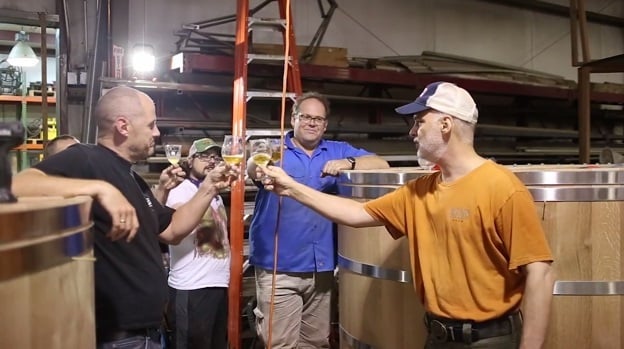
And think ahead. Getting a vessel from Foeder Crafters of America can take about 14 weeks.
“The wait time might only be getting longer so get on the list now, and for what you get the price can’t be beat,” said Hale. “Glimmering new stainless tanks are lovely to behold — copper oftentimes even more so — but there’s no disputing the sheer elegance and grace of a new foeder. Price should almost be no object.”

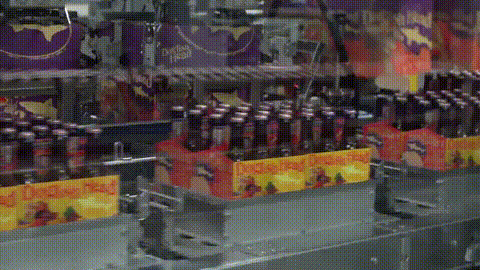
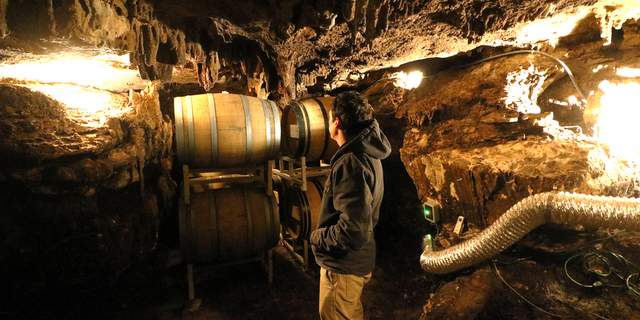
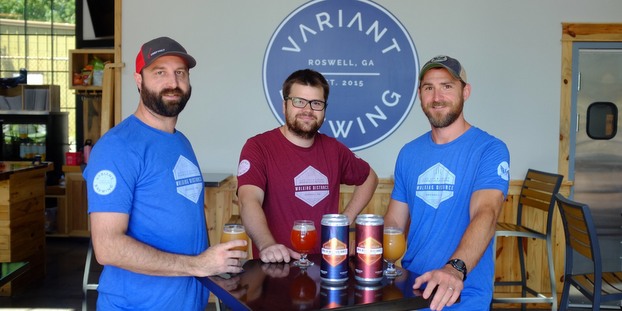
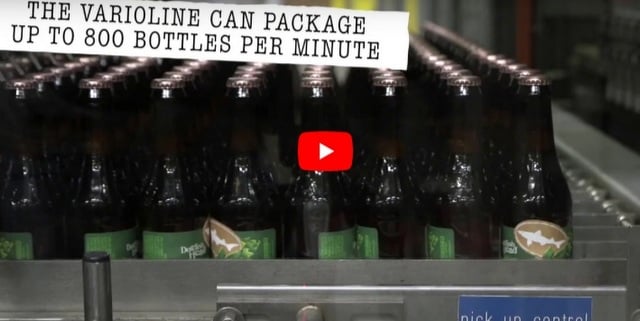
Leave a Reply
You must be logged in to post a comment.